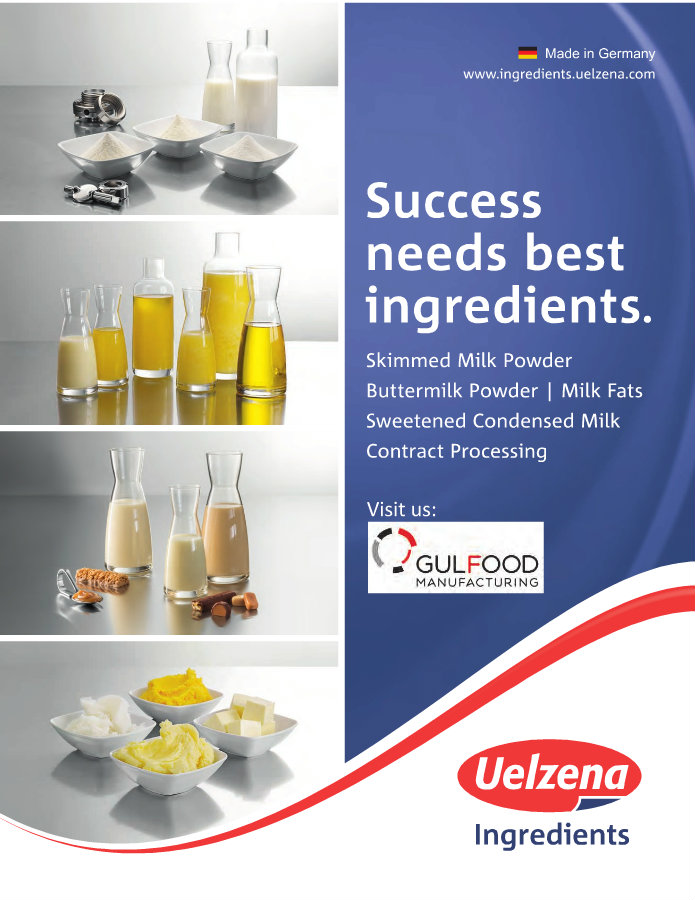Gregory Meyer in New York and Neil Hume in London

Combine harvesters in Ukraine's Poltava region
These companies own silos and ports stretching from New Orleans to Odessa on the Black Sea, enabling them to tap supplies in one region when another falls short.
But the crop problems in Brazil and Argentina are hardly grounds for a full-scale revival in the agricultural trading business.
The dominant players — Archer Daniels Midland, Bunge, Cargill, Louis Dreyfus Company and Glencore — are struggling with thin profit margins after bumper harvests since 2013 resulted in large stocks of grain and oil seeds, thereby reducing the need for trade.
“It doesn’t mean that things have returned to easy times with big margins,” said Soren Schroder, chief executive of Bunge, referring to the crops issues in South America. “It just means that there’s movement. That is typically a positive thing for companies like us.”
The agricultural traders have also been caught out by the economic slowdown across emerging markets, particularly in China. The companies invested heavily in ports and mills, but some of these assets are now only half full.
“It’s not an easy environment to be an ag trader,” said GJ van den Akker, head of Cargill’s agricultural supply chain businesses, last month.
The latest agricultural trader to reveal the financial consequences of these difficult conditions was ADM. On Tuesday, it reported a first-quarter net profit of $230m, down 53 per cent compared to the same period last year, with the company citing weaker US export volumes and a loss at its agricultural trading desk.

Traders often say they pay little attention to whether prices for certain cereals are high or low, instead exploiting the differences between where or when grain is bought and sold. But the commodities rout has encouraged farmers to hoard harvests until they are offered better prices.
Too much infrastructure also plagues some parts of the industry.
For example, Bunge and Itochu of Japan in 2012 bet on Asian demand when they opened the first new US grain export terminal in 25 years in Washington state. But last year exports of wheat, corn, soyabeans and soya meal fell 29 per cent from the port that houses this terminal, as the strong dollar combined with disappointing demand to crimp shipments of grain from the US.
“Historically, these companies thought of themselves in a growth industry. It was ‘Build it and they will come’,” said Farha Aslam, analyst at Stephens.
Net profit for many agricultural traders peaked around 2010 and 2011, after Russia banned cereals exports in response to a heatwave and set off wild moves in grain prices. Cargill earned more than $3bn in adjusted operating profit in its 2011 financial year, 38 per cent higher than in 2015.

In the past year, Cargill has streamlined management and reshaped its varied portfolio, exiting lines including steelmaking, hedge funds and US pork production, and acquiring businesses where it sees stronger demand, such as salmon feed. On Tuesday, Cargill announced the sale of its dressings, sauces and mayonnaise business.
In response to what it called the “bearish environment”, Louis Dreyfus cut capital spending by 30 per cent to $420m in 2015.
Gonzalo Ramírez Martiarena, chief executive, said last month that he did not foresee big changes in the market. “This year will be another year of ample supplies,” he added.
Industry bulls stress agricultural traders’ good long-term prospects. They say food demand is inexorably rising, increasing the world’s reliance on shipments of grain, and therefore traders with hard-to-replace assets will eventually benefit.
That view helped Glencore sell a 40 per cent stake in its agriculture business for $2.5bn last month to Canada’s biggest pension fund.
A less bullish view suggests that agricultural traders enjoyed a boom in the previous decade because of factors that are unlikely to be repeated, such as governments’ biofuels policies that sharply increased corn demand and China’s rise as an economic power.

The advent of ship tracking software, satellite data on crop conditions and other services has also eroded the value of traders’ inside knowledge of commodity flows. “Technology in the last 20 years has made information asymmetry a much less common thing,” said Richard Payne of Accenture Consulting, who is a former Cargill executive.
Like farmers, many executives in the agricultural trading business are watching the weather.
The South American crop problems have unleashed dramatic swings in corn and soyabean markets, giving traders opportunities for profit. With a nod to this, Juan Luciano, ADM chief executive, told analysts on Tuesday: “We are cautiously optimistic.”




